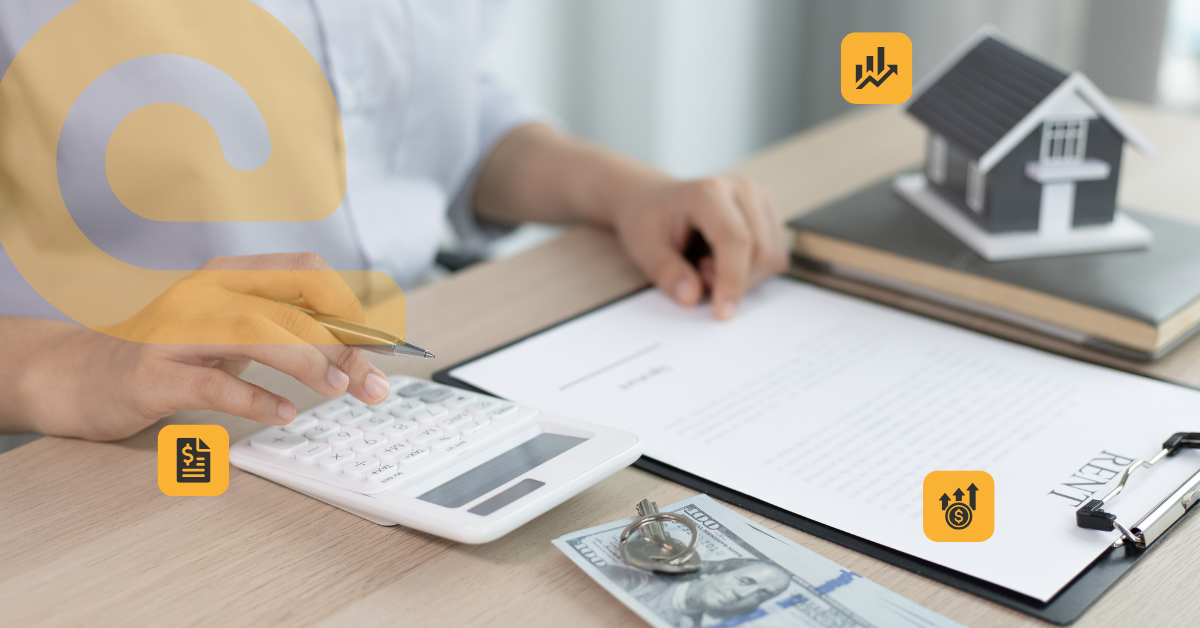How One Bookkeeper Increased Her Prices by 346% Using Effective Pricing
Pricing your services can feel like a guessing game, especially when you charge by the hour. Many bookkeepers and accountants unknowingly undervalue their expertise, leading to lower profits and unpredictable income. But what if you could triple your pricing without doing extra work?
That’s exactly what happened to Kimme Lafayette, founder of Beyond Bookkeeping Business Services, when she started using the Effective Pricing software. This is her story of how she ditched hourly billing, adopted value pricing, and transformed her business.
The Problem: Hourly Billing Was Limiting Her Income
Before using Effective Pricing, Kimme relied on hourly billing to quote her services. Like many bookkeepers, she estimated the time required for each client’s work and then applied a fixed hourly rate.
For example, one client had three bank accounts and a moderate bookkeeping workload.
She estimated:
✅ 5 hours per month
✅ $70 per hour
✅ $4,200 per year
At first glance, this seemed reasonable. However, the problem with hourly billing is that clients focus on the cost per hour, not the value they receive. Even though Kimme was providing expert bookkeeping and financial guidance, clients saw her as a cost rather than an investment.
She also found herself constantly adjusting invoices when work took longer than expected. This led to income uncertainty and difficulty scaling.
“I knew I was undercharging,” Kimme recalls. “But I didn’t have a structured way to price my services differently.”
The Shift: How Effective Pricing Changed Everything
When Kimme joined Mark Wickersham’s Value Pricing Academy, she realised that her pricing model was the real problem. She learned that clients aren’t paying for hours worked, they’re paying for the financial clarity and peace of mind that expert bookkeeping provides.
This is where the Effective Pricing software became a game-changer. Instead of guessing at prices, she used the software to structure her pricing based on value.
Here’s how it worked:
✅ She walked her client through a structured selection process.
✅ They were presented with three pricing tiers—Basic, Premium, and VIP.
✅ The client chose her Premium Plan at $18,720 per year.
That’s a 346% increase over her original quote of $4,200 per year!
“I couldn’t believe it,” Kimme says. “I was charging more, yet my client was happier because they got to choose the service level that worked best for them.”
Why This Works: The Psychology of Value Pricing
The key to Kimme’s success wasn’t just raising prices, it was presenting pricing differently.
- Hourly billing makes clients feel uncertain because they don’t know what the final cost will be.
- Fixed pricing often underestimates the true value of the service and leaves money on the table.
- Value pricing shifts the focus from cost to outcomes, allowing clients to choose what they truly need.
When clients see a clear pricing structure, they feel more confident in their purchase. Effective Pricing makes this process simple and repeatable, ensuring that every client interaction is structured for maximum value.
Real Results: More Pricing Wins
Once Kimme saw how well Effective Pricing worked, she never looked back.
- Her second quote using the software resulted in a 200% price increase.
- Her third quote increased revenue by $22,000 per year.
- One client paid $30,000 more than their previous bookkeeper because they finally understood the value of premium bookkeeping services.
Fixed Pricing vs. Value Pricing: What’s the Difference?
Many bookkeepers assume that fixed pricing is the same as value pricing—but they’re completely different.
📌
Fixed pricing assigns one price for everyone, regardless of their needs.
📌
Value pricing allows accountants and bookkeepers to customise pricing based on what clients truly value.
Think about it like booking a vacation:
🏝️ Two guests might stay at the same resort, but one is willing to pay extra for an oceanfront view, private dining, or early check-in.
🏝️ That’s
value pricing—charging based on perceived value, not just the service itself.
Effective Pricing makes this easy, allowing accountants and bookkeepers to present clear options that encourage clients to choose premium services.
Overcoming the Fear of Raising Prices
One of the biggest challenges accounting professionals face is confidence. Many worry:
🤔
“What if I charge too much?”
🤔
“What if my clients push back?”
🤔
“What if I lose business?”
Kimme had those same fears—until she saw the numbers.
- Her confidence skyrocketed after her first 346% increase.
- She stopped fearing pricing conversations and started embracing them.
- She realised that clients will pay more when they see the value in what you offer.
When you use Effective Pricing, you don’t have to second-guess your pricing. The software guides clients through the process, making pricing discussions feel natural and empowering—not stressful.
The Reality: Value Pricing Takes Work—But It’s Worth It
Implementing value pricing isn’t an overnight fix. The first time Kimme used Effective Pricing, she spent eight hours refining her pricing model. But once she had it set up, she saw results immediately.
Today, her average pricing increase is 197% compared to her old method.
And she’s still improving, continuously tweaking her pricing structure to maximise value and revenue.
Are You Leaving Money on the Table?
If you’re still using hourly billing or fixed pricing, you’re almost certainly undercharging.
- Clients will pay more if they see the value in what you offer.
- Presenting pricing correctly is the key to unlocking higher revenue.
- Effective Pricing makes it easy to structure your pricing for maximum impact.
💡 Want to stop undervaluing your services? Try Effective Pricing today and see how it can transform your business—just like it did for Kimme.
Kimme Lafayette, Beyond Bookkeeping Business Services
30 October 2020





